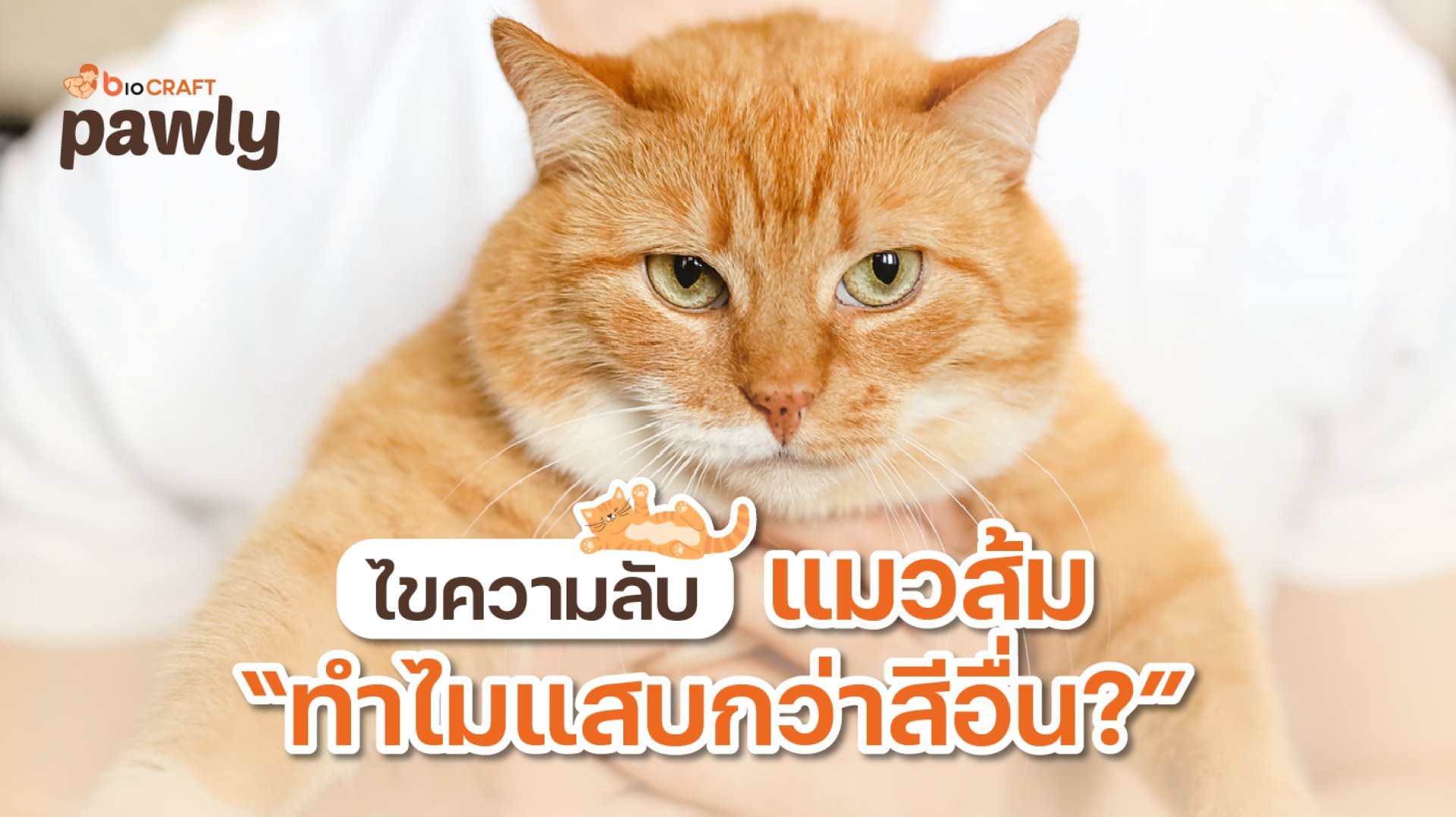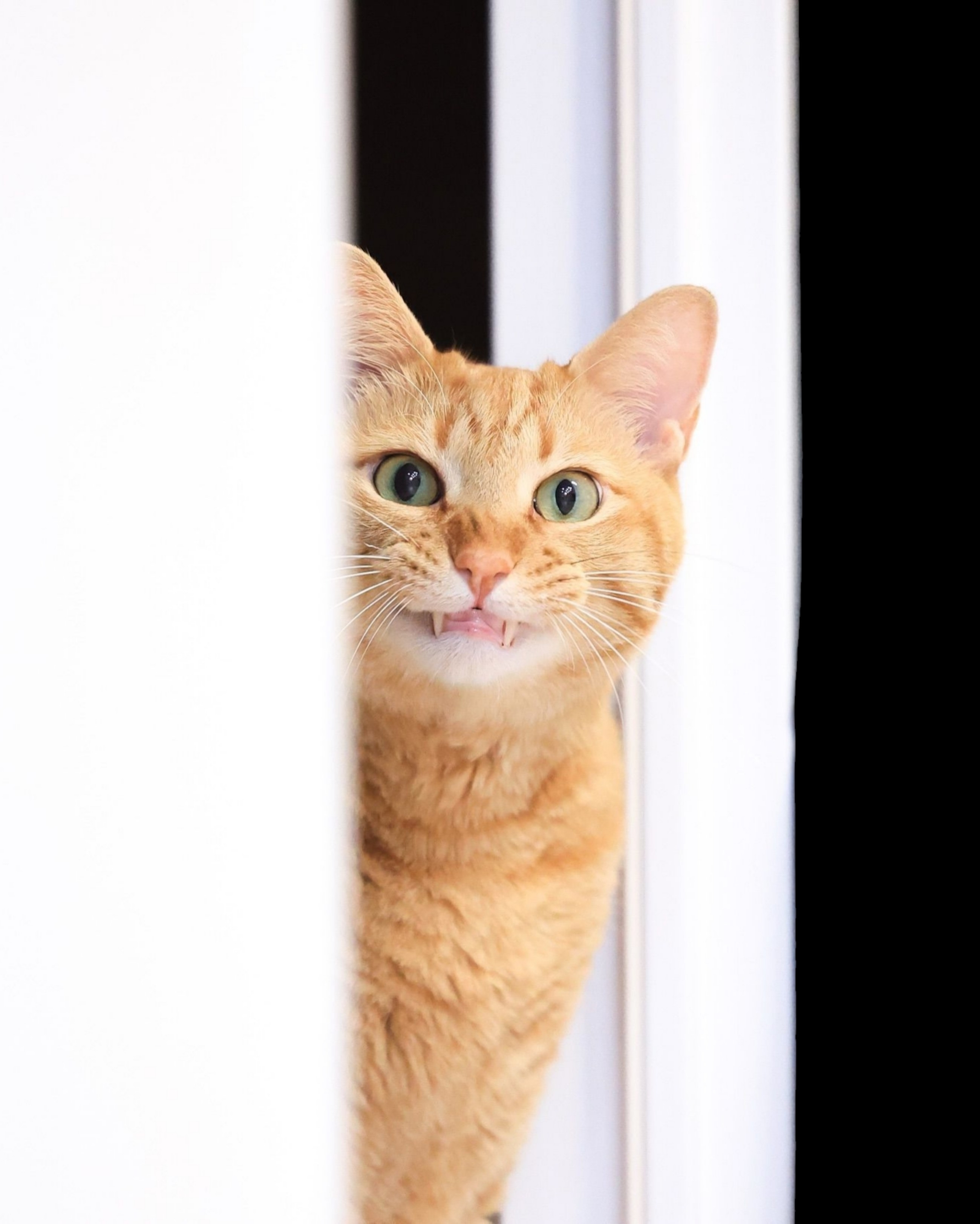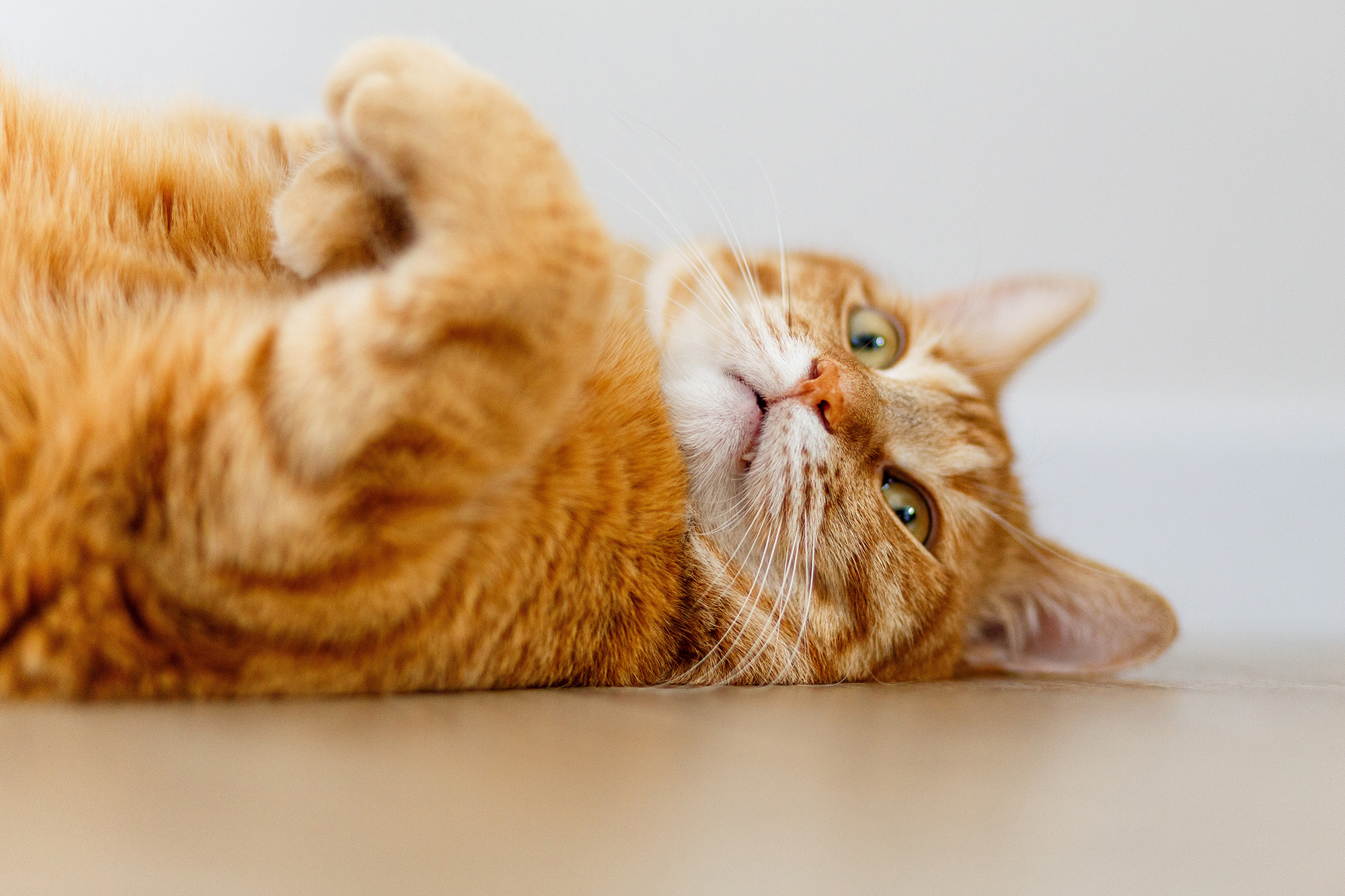Why Do “Orange Cats” Seem More Mischievous Than Others?

If youre a cat parent, chances are youve come across memes online claiming Orange cats = naughty, goofy, or troublesome. Its become such a running joke that people treat it like common knowledge. But why do orange cats get this reputation? Is it truly science-based, or just internet culture at play?
1. Genetics and Physical Traits
The orange coat gene is carried on the X chromosome. Female cats need two copies of the gene to be orange, while males only need one.
As a result, about 80% of orange cats are male, and male cats in general tend to be bolder, more adventurous, and more playful than females. This naturally feeds into the troublemaker stereotype.
2. Hormones and Behavior
Intact male orange cats (those not neutered) have higher levels of testosterone, which makes them more likely to show bold, challenging, and sometimes stubborn behavior.
After neutering, they often calm down a bit, but the playful and mischievous streak usually sticks around.
3. Upbringing and Environment
A cats personality is also shaped by how its raised. Orange cats often get treated as the funny, goofy ones in households, with owners encouraging their playfulness.
When people share these experiences online, it reinforces the image that all orange cats must be chaotic.
4. Internet Memes and Pop Culture
Pop culture has had a huge impact. Think of Garfield, the lazy but sarcastic orange cat, or countless viral clips of orange cats causing chaos at home.
These images stick in our minds and make it easy to associate orange fur with silly or naughty behavior.
The truth is, an orange coat doesnt directly make a cat mischievous. Instead, its a mix of genetics (mostly males), hormones, upbringing, and internet influence that gave rise to the orange cat chaos stereotype.
So next time you see an orange cat being goofy, rememberits not the fur color alone, but rather a combination of biology and environment. And of course, every cat is unique, with its own quirks and personality.




